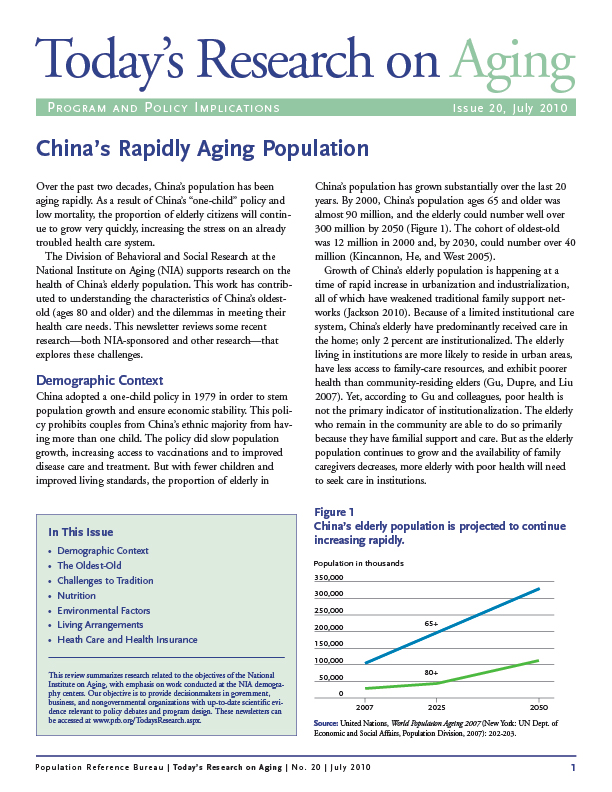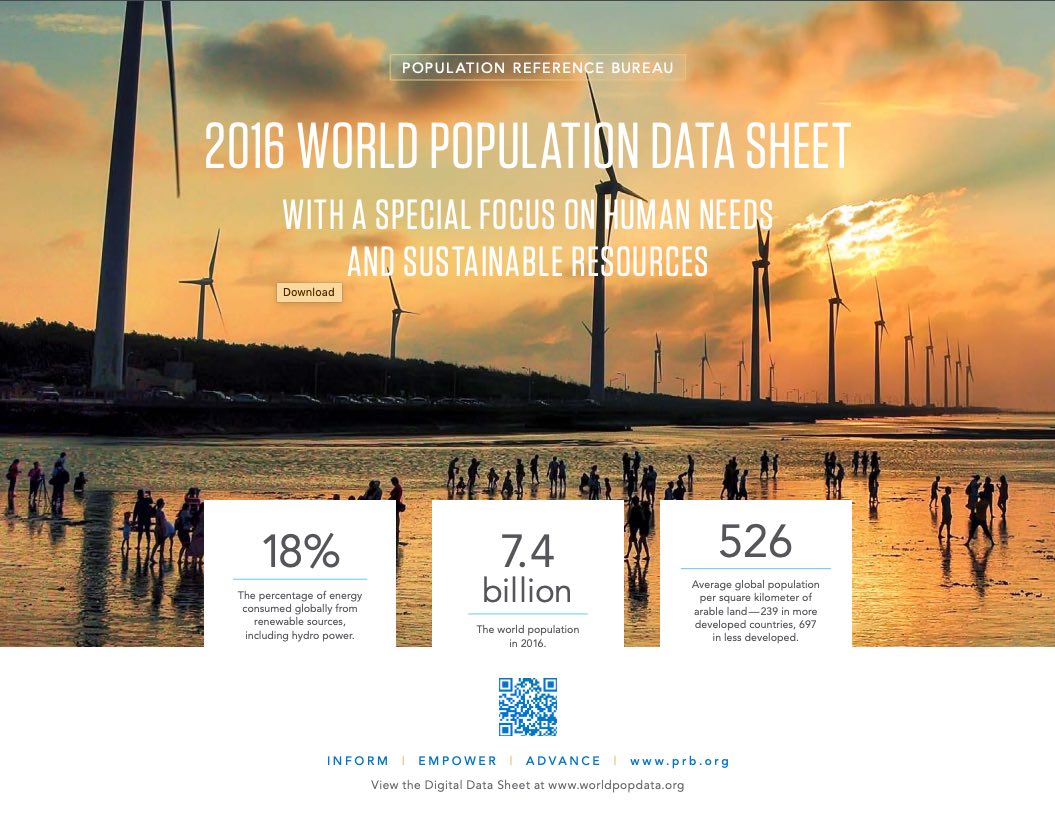Why Are They Asking That? What Everyone Needs to Know About 2020 Census Questions
By law, the U.S. government is required to count the number of people living in the United States every 10 years.

By law, the U.S. government is required to count the number of people living in the United States every 10 years.

Project: Demography and Economics of Aging and Alzheimer’s Disease
Over the past two decades, China’s population has been aging rapidly.
2013) Throughout the world, women ages 35 and older are often left out of conversations on contraception. Many of these women do not think they are at risk of pregnancy because of infrequent sex, marital disruption, the lack of a regular partner, or their perception that they are infertile—and thus they do not see the need to use contraception.
(2011) Today, Americans are more likely to marry and to divorce than in almost any other Western nation. How has this pattern changed over the last 10 years?
Project: Center for Public Information on Population Research (CPIPR)
Dramatic and spontaneous natural disasters garner substantial humanitarian aid—as they should. But long-term chronic environmental pressures such as heat stress also put tremendous strain on rural households, especially households in less developed countries that rely on agriculture.

Project: PACE: Policy, Advocacy, and Communication Enhanced for Population and Reproductive Health
The world population will reach 9.9 billion in 2050, up 33 percent from an estimated 7.4 billion now, according to projections included in the 2016 World Population Data Sheet from the Population Reference Bureau (PRB).
(2013) In Zambia, girls often start childbearing before they are 18 years old, and many women end childbearing after the age of 35 (see Figure 1).1 This long period of childbearing contributes to Zambia's high total fertility rate, or average number of children per woman, which at 6.2 is one of the highest in sub-Saharan Africa.